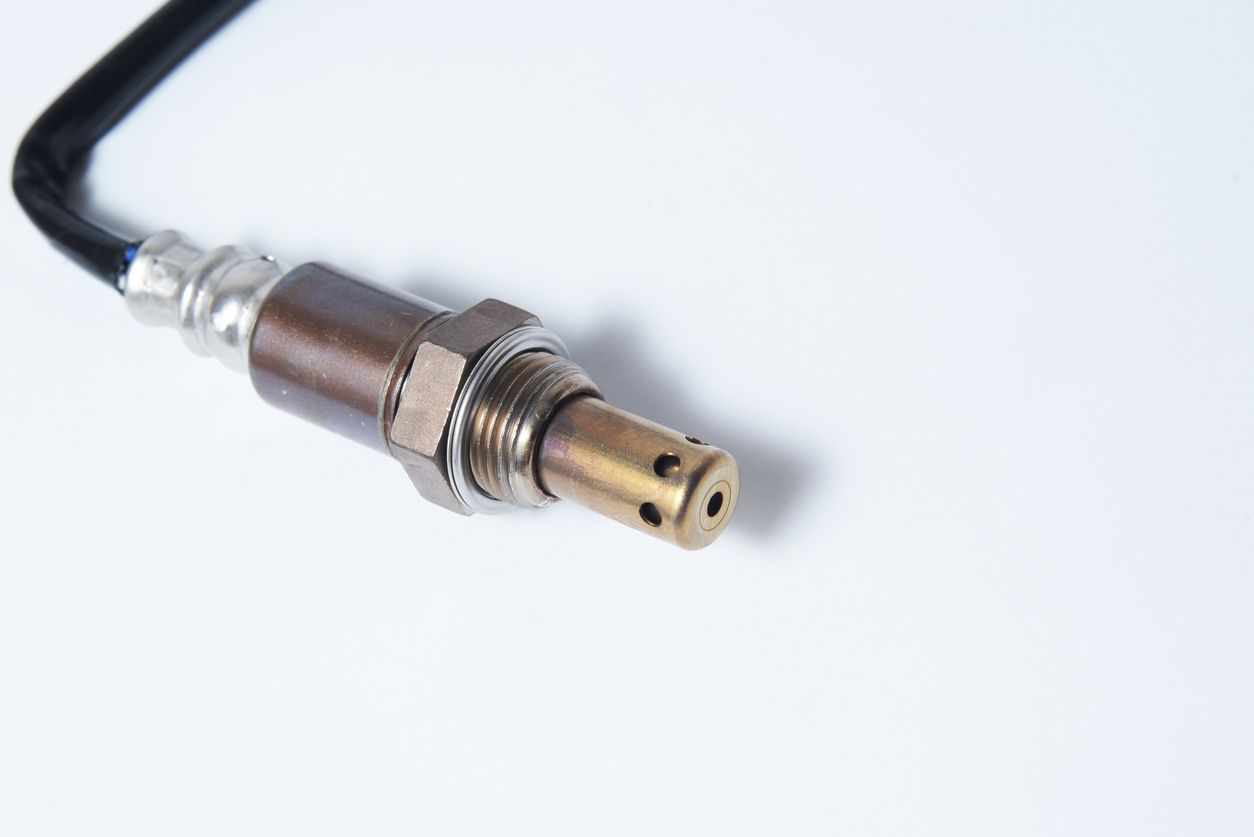While a faulty oxygen (O2) sensor is not a direct cause of engine overheating in the way a failed water pump, leaking radiator, or malfunctioning thermostat is, it can indirectly contribute to conditions that increase the risk of overheating. This occurs through its impact on the air-fuel mixture.
The Indirect Link: How a Bad O2 Sensor Can Lead to Overheating
The O2 sensor monitors the oxygen content in the exhaust and sends this data to the Engine Control Unit (ECU). The ECU uses this information to constantly adjust the fuel injector pulse width, aiming for the optimal air-fuel ratio (stoichiometry).
- Lean Condition Triggered by O2 Failure: A faulty O2 sensor (especially one failing "lean") can send erroneous signals indicating there is more oxygen in the exhaust than there actually is.
- Increased Combustion Temperatures: In response, the ECU commands the fuel injectors to add less fuel, creating a lean air-fuel mixture (less fuel relative to air).
- Excessive Heat Generation: Lean mixtures burn hotter than the ideal stoichiometric ratio. This significantly increases combustion chamber and exhaust gas temperatures.
- Overheating Risk: This excessive heat, generated continuously under lean conditions caused by the failing O2 sensor, creates an abnormally high thermal load on the engine. If the cooling system is already operating near its limits or has any minor inefficiency, this extra heat can push the engine into an overheating state.
Important Note: A severely restricted catalytic converter (which can be damaged by long-term operation with a faulty O2 sensor allowing a rich or lean condition) can also cause overheating by blocking exhaust flow, increasing backpressure and heat retention.

3 Warning Signs of a Bad O2 Sensor You Should Never Ignore
Ignoring a failing O2 sensor can lead to poor performance, reduced fuel economy, increased emissions, catalytic converter damage, and potentially contribute to overheating. Watch for these critical signs:
- Illuminated Check Engine Light (CEL) with O2 Sensor Codes: This is the most direct warning. Diagnostic Trouble Codes (DTCs) like P0130-P0135 (Bank 1, Sensor 1), P0140-P0141 (Bank 1, Sensor 2), P0150-P0155 (Bank 2, Sensor 1), or P0160-P0161 (Bank 2, Sensor 2) specifically indicate circuit or performance issues with your O2 sensors. Never ignore the Check Engine Light.
- Significantly Reduced Fuel Mileage: Because the O2 sensor is crucial for optimizing the air-fuel mixture, a malfunction often leads to a rich or lean condition, both of which cause the engine to burn more fuel than necessary. A sudden or gradual drop in miles per gallon (MPG) is a classic symptom.
- Noticeable Engine Performance Issues: Erratic O2 sensor readings confuse the ECU, leading to incorrect fuel delivery. This can manifest as:
- Engine hesitation or stumbling during acceleration.
- Rough idling (shaking, uneven RPMs).
- General lack of power.
Conclusion: While a bad O2 sensor isn't the primary culprit for overheating, its failure can create damaging lean conditions that significantly raise combustion temperatures. This added heat stress can overwhelm an already marginal cooling system, leading to overheating. Pay close attention to the critical warning signs – Check Engine Light with O2 codes, poor fuel economy, and performance problems – and address them promptly to prevent potential engine damage, including overheating.
